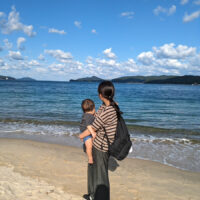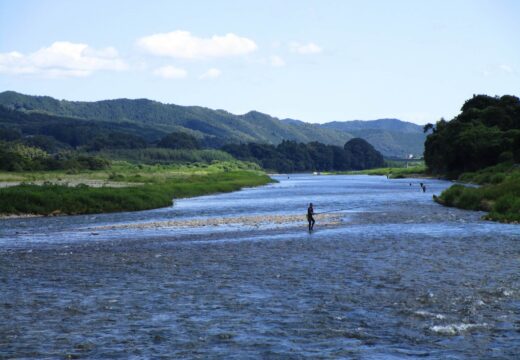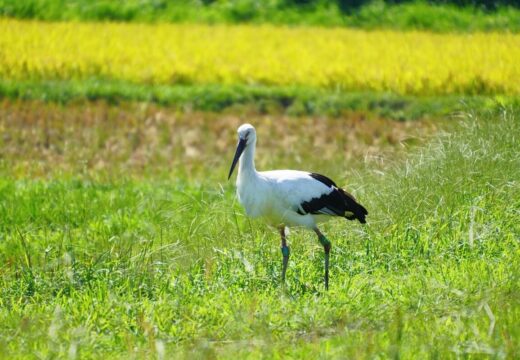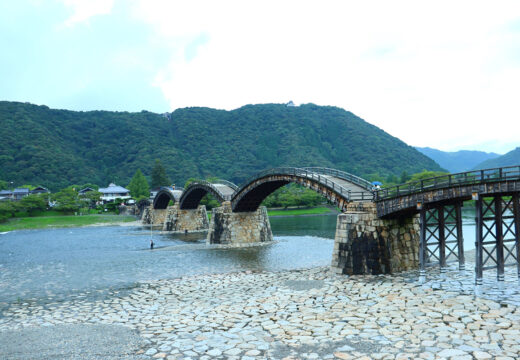The birthplace of the Yosakoi Festival! Vibrant History and Tourist Information of Kochi City
Category: Sightseeing
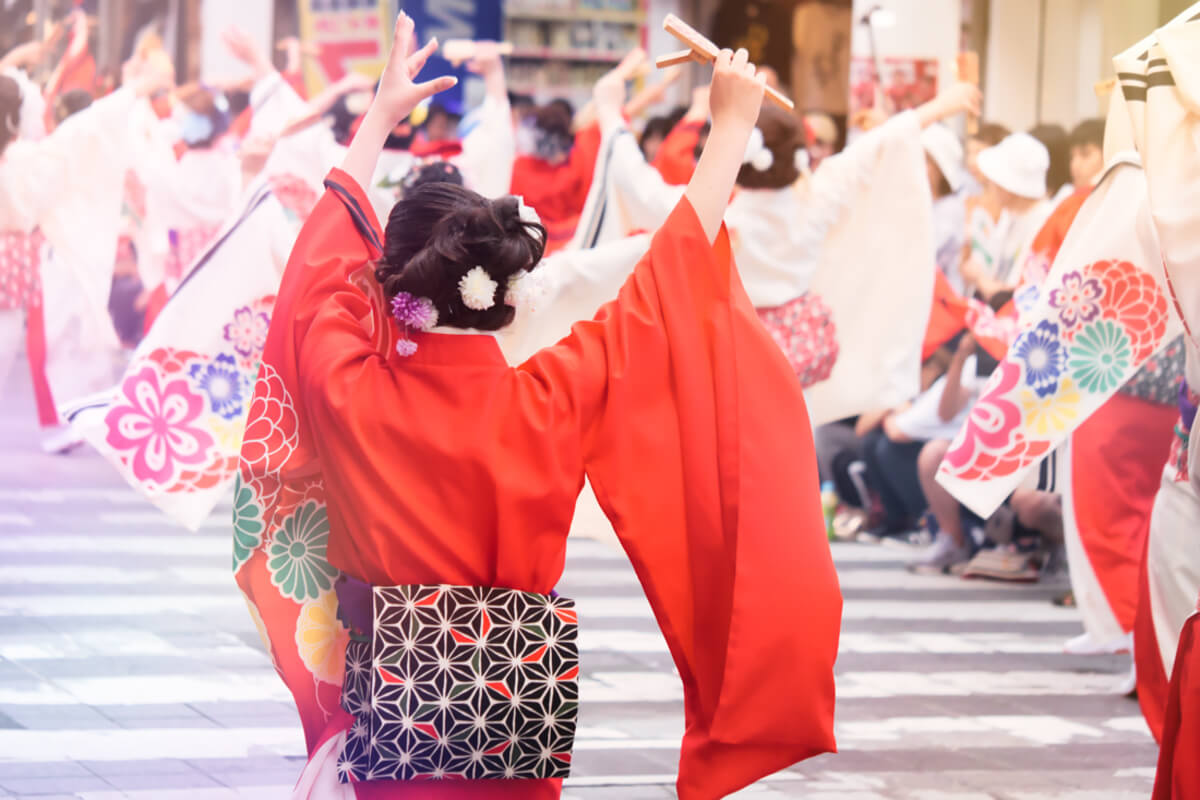
The rainy season is over and the summer season is in full swing! Lively events such as summer festivals and fireworks displays are being held all over Japan. This time, we will introduce you to Kochi City, known as the birthplace of the YOSAKOI(it is a unique style of dance that originated in Japan and that is performed at festivals and events all over the country.) Festival. We will introduce the history of Yosakoi Festival, recommended gourmet foods and souvenirs in Kochi★
What is Kochi City?
Kochi City is located in the center of Kochi Prefecture, the largest prefecture in the Shikoku region. Surrounded by mountains to the north and the Pacific Ocean to the south, the area is rich in nature. The city features a mild and comfortable climate with an average annual temperature of 16.8℃. The city also boasts the nation’s highest level of sunshine hours and precipitation, and agriculture is flourishing. Representative agricultural products include eggplants, ginger, and yuzu (a type of citrus fruit). The area is also said to be a treasure trove of food due to its abundant harvest of seafood such as bonito, moray eel, and sea bream.
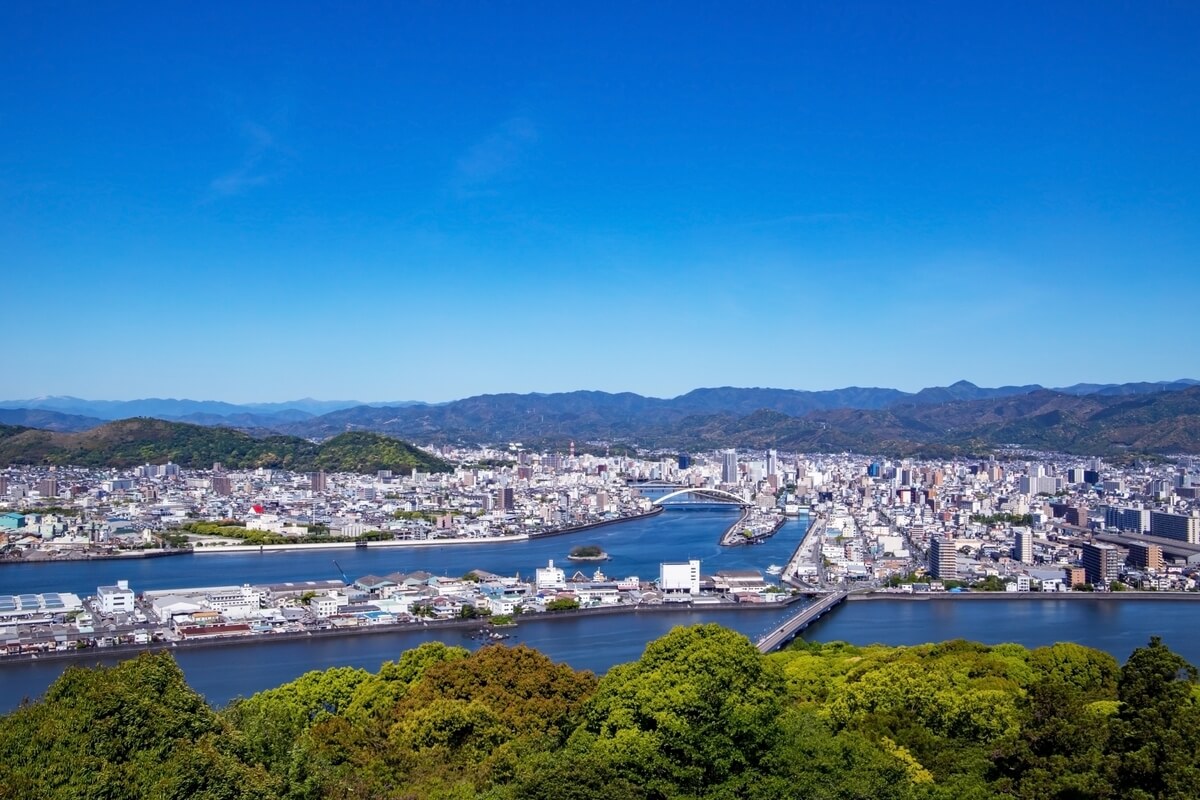
History of Kochi
The origin of Kochi, rich in nature, is believed to be “Tosa-no-kuni-Takeyoriwake,” which appears in Japanese mythology. Kochi was originally called Tosa, and had the image of a land of the Brave Men. Let’s take a look at the history of Tosa Province = Kochi.
Town where many great people were born
In 1574, the warlord Chosokabe Motochika united Tosa, and in 1585 he unified most of Shikoku. Later, Kazutoyo Yamauchi, who became the first lord of the Tosa Domain after the Battle of Sekigahara in 1600, built Kochi Castle and established the castle town.
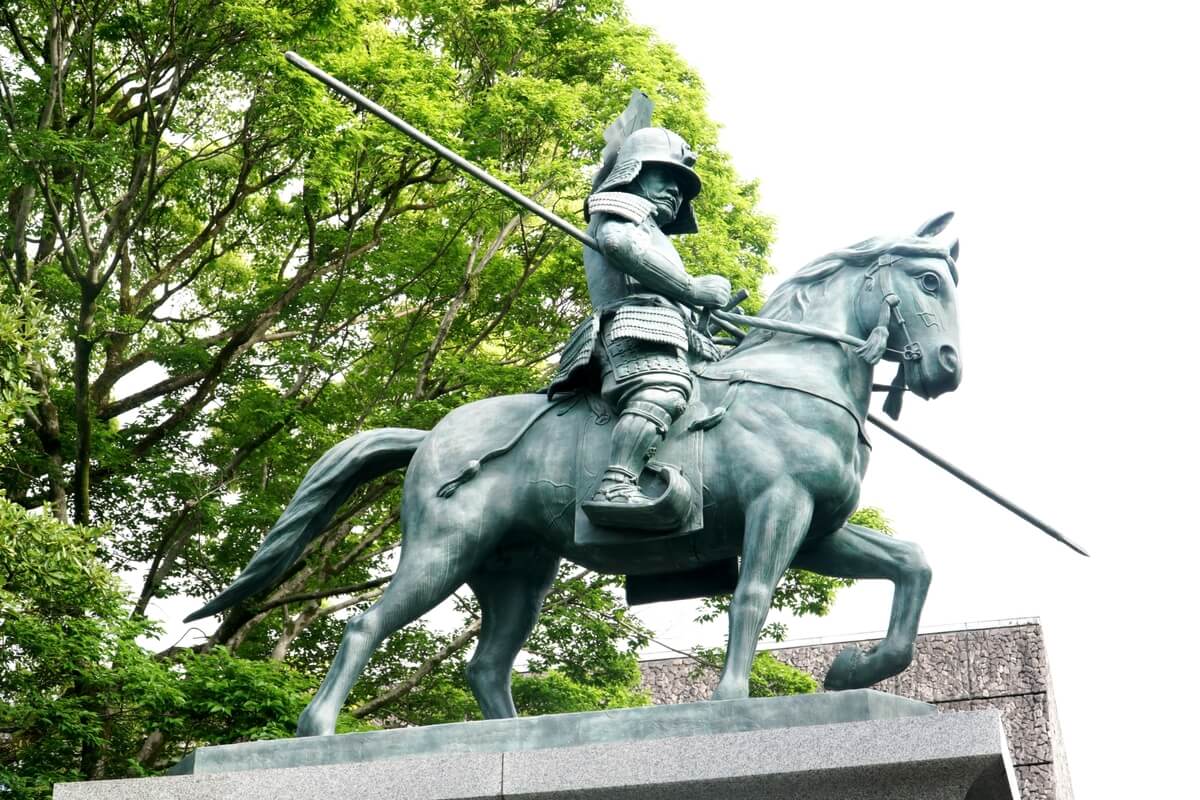
And the most famous Japanese historical figure in Kochi is Sakamoto Ryoma. He was a Japanese politician at the end of the Edo period, and as one of the leading figures in the Satcho alliance (an alliance formed between the Satsuma clan (today’s Kagoshima Prefecture) and the Choshu clan (today’s Yamaguchi Prefecture), he triggered the overthrow of the Edo shogunate. He is a popular figure both at home and abroad because of his role as a leader in a turbulent era.
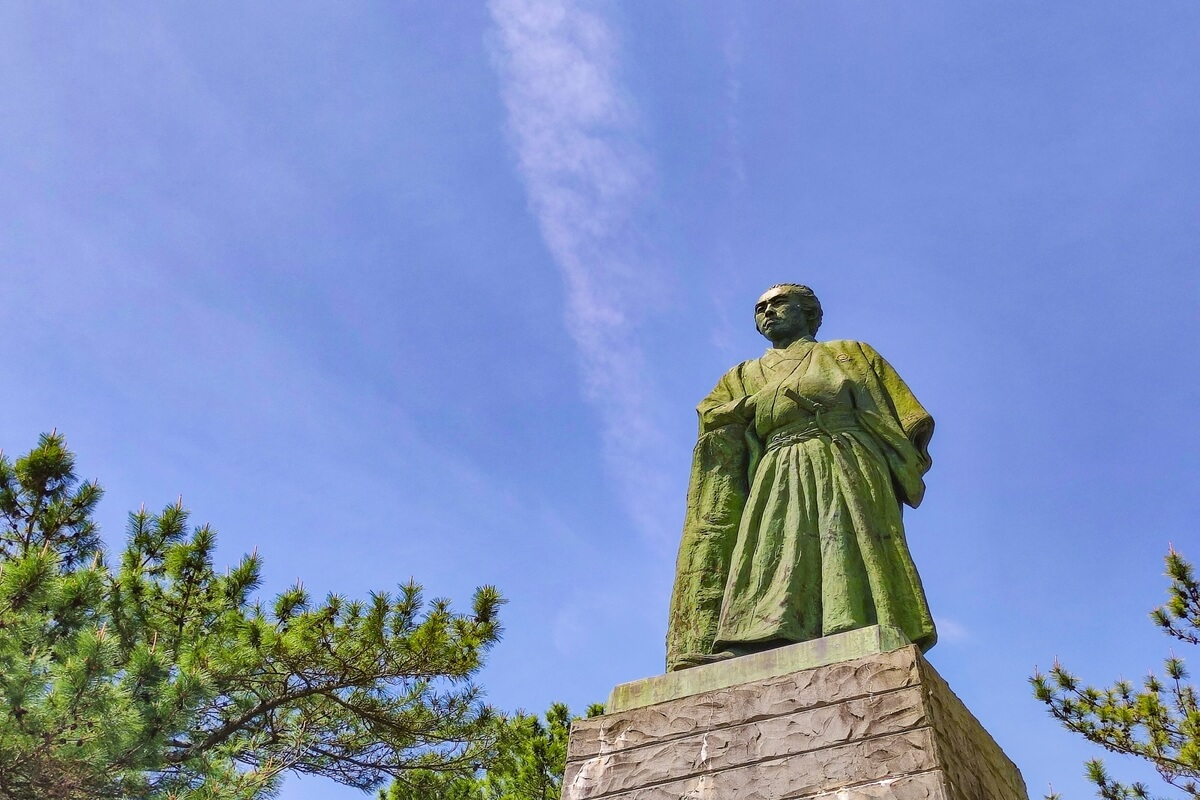
Kochi Prefecture has also produced many great people, including John Manjiro (Manjiro Nakahama), the first Japanese to land on the American continent, and Tomitaro Makino, the father of Japanese plant taxonomy and the model for the main character in a Japanese morning TV drama series.
Birthplace of Yosakoi Festival
One of the most famous festivals in Japan, the Yosakoi Festival, spread from Kochi to the rest of Japan. It is said that the Kochi Chamber of Commerce and Industry first held this festival in 1954 to cheer up the citizens of Kochi by blowing away the economic recession of the time.
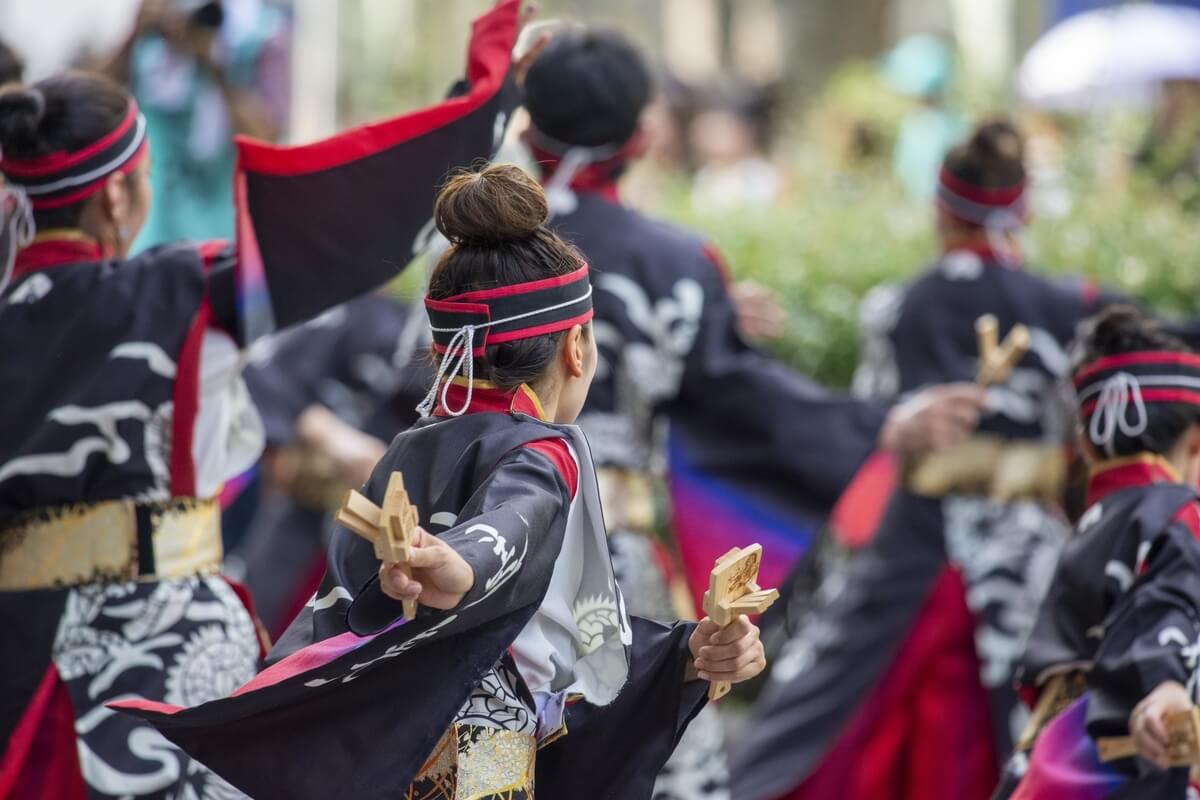
In 1992, students in Hokkaido, fascinated by the Yosakoi Festival, held the YOSAKOI Soran Festival in Sapporo. This was the start of the spread of Yosakoi festivals throughout Japan, and the event has grown to the point where national competitions are held. The festival is characterized by the free arrangement of Kochi’s folk song “Yosakoi-bushi” in rock, samba, hip-hop, and other styles, evolving with the times. One of the attractions of this festival is that you can enjoy various “Yosakoi festivals” in different parts of Japan.
Kochi Sightseeing Highlights
Kochi Yosakoi Festival

This is the largest carnival in Kochi, held for four days every year on August 9 (eve of the festival), August 10 and 11 (main event), and August 12 (post-festival/national festival). About 18,000 dancers from about 200 teams will gather at 9 competition sites and 7 performance sites in Kochi City. The number of spectators reaches about 1 million, and Kochi City is filled with the energy of this big event. Not only Japanese teams but also overseas teams from France, Vietnam, and Canada are increasingly participating. What kind of Yosakoi dancing will we see this year? You can’t miss it!
Sunday market
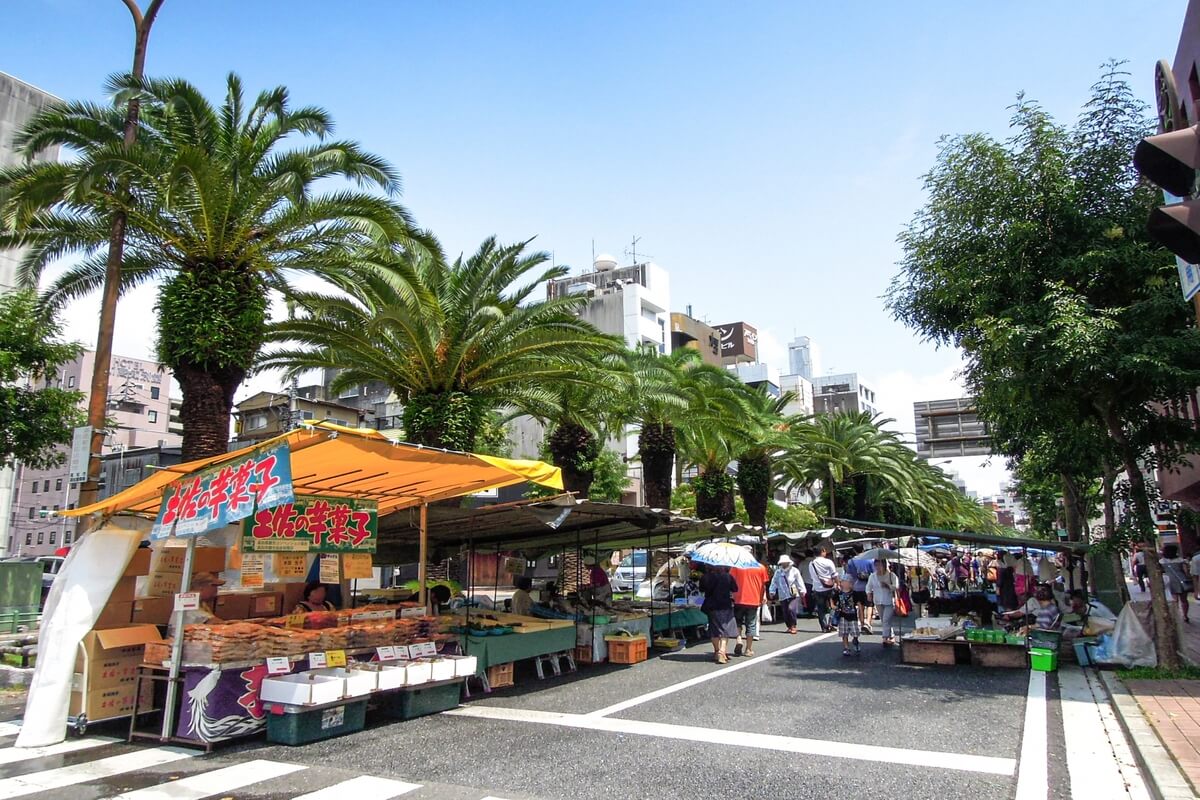
It is one of the largest street fairs in Japan with a 300-year history. It is said to have originated in 1690, when Toyomasa Yamauchi, the fourth lord of the Tosa Domain, authorized the hikiri market (a market with a specific location and date) as part of the domain’s policy. Today, every Sunday, about 400 stalls line a one-kilometer stretch from Otemon-mae of Kochi Castle to the east. Visitors can purchase a variety of goods such as agricultural products, processed foods, flowers, and miscellaneous goods produced in Kochi. It is recommended to enjoy shopping and eating your way through the stalls!
[Date & Time] Every Sunday (except Jan. 1 & 2 and Aug. 10-12)
April-September / 5:00 a.m. to 5:00 p.m.
October to March: 5:30 a.m. to 4:00 p.m.
(This includes the time for setting up and taking down stalls. The most popular time for stalls is from around 6:00 a.m. to 3:00 p.m.)
Kochi Castle
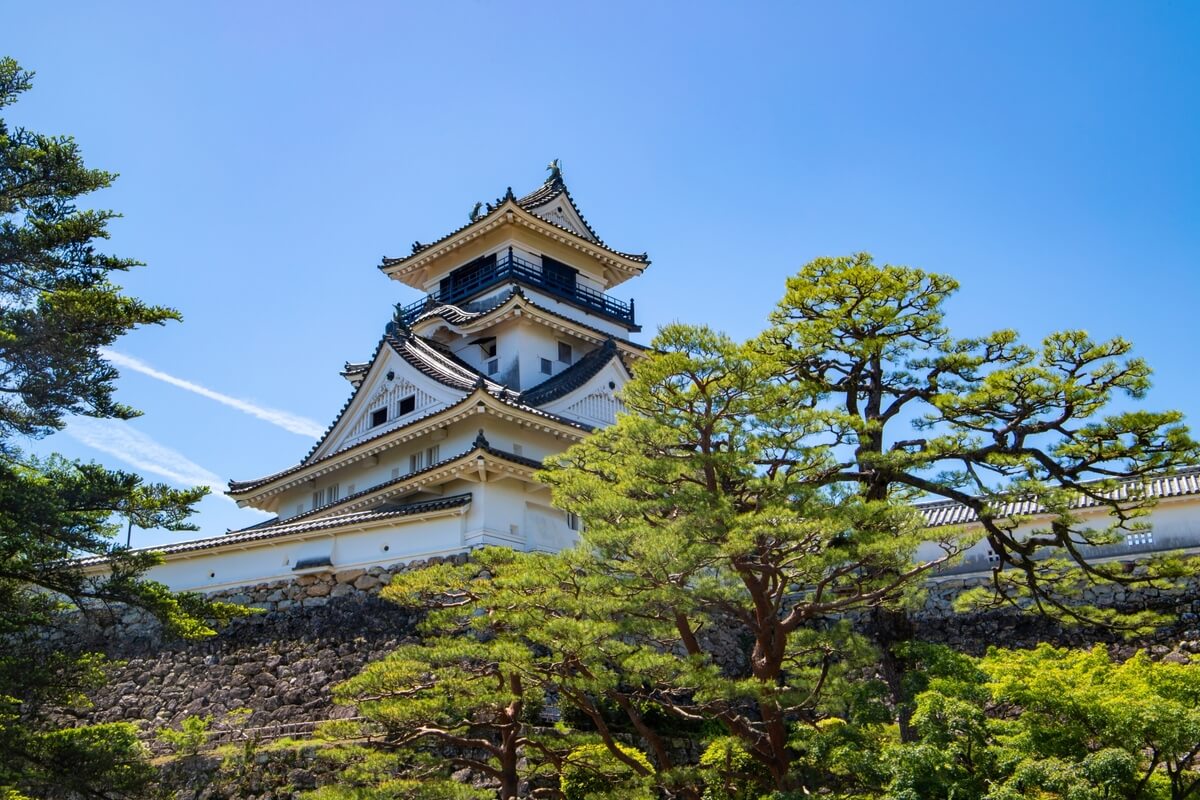
With a history of about 400 years, this castle represents Kochi Prefecture. The castle was built by Kazutoyo Yamauchi, a feudal lord in the Warring States period, over a period of 10 years from 1601. Kochi Castle is one of the “12 existing castle towers” and is the only castle where both the castle tower and the Honmaru Palace, built in the Edo period, remain as they were in those days. If you like history and castles, this is a spot you should not miss. The beauty of the castle is also known as “Taka-jyo (“hawk castle” hawk is called taka in Japan)” because the color of the tiles and walls resembles the color of a hawk’s wings. It is illuminated from sunset to 10:00 p.m. to enjoy its fantastic appearance.
Katsurahama Beach
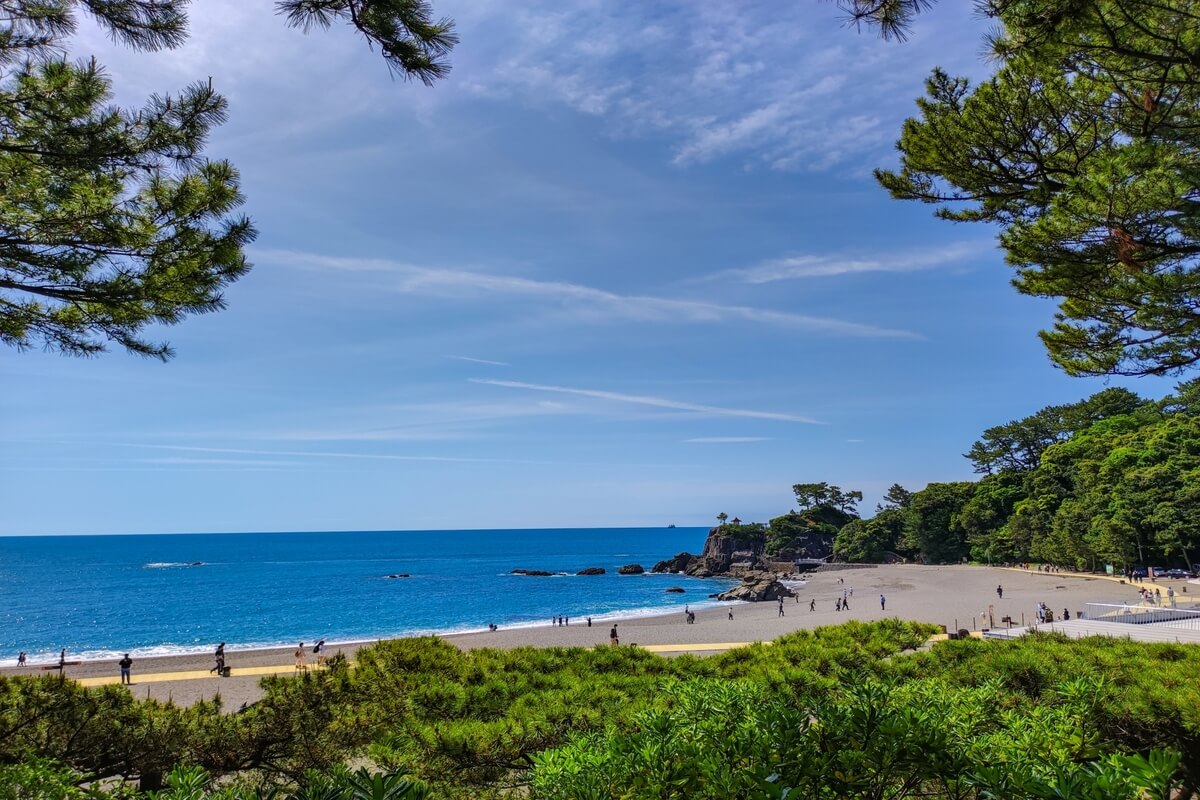
Katsurahama Beach facing the Pacific Ocean is one of the most scenic spots in Kochi Prefecture. The contrast between the arching coastline and green pine forests is beautiful and ideal for walking and cycling. It is also famous for the bronze statue of Ryoma Sakamoto soaring toward the sea. The entire Katsurahama area is “Katsurahama Park,” and there is a commercial facility called “Umi no Terrace” where stores and gourmet restaurants are located. Visitors can also enjoy facilities such as the Katsurahama Aquarium and the Sakamoto Ryoma Memorial Museum.
What to buy in Kochi
Imokenpi

A typical Kochi confectionary made by cutting sweet potatoes into long, thin slices, deep frying them in oil, and dipping them in sugar syrup. It is a sweet potato version of “Kenpi,” a dried sweet potato snack that has been handed down in Tosa since the Heian period (794-1185). The crunchy texture is addictive. You can find sweet potato kenpis made by various manufacturers at souvenir shops. In addition to the standard sugar, you can enjoy different flavors such as salt, sesame, yuzu, and ginger.
Tosa sake
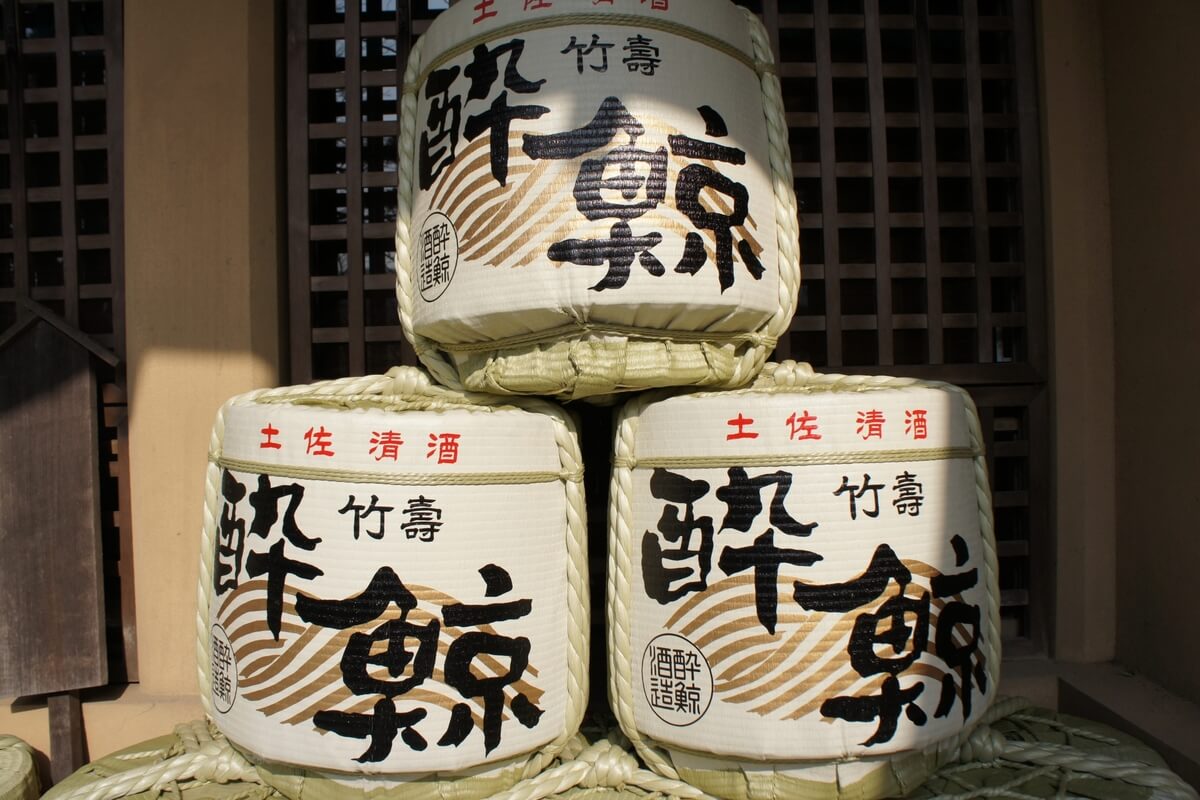
Kochi Prefecture is home to many sake lovers and has long been known for its love of sake. Kochi sake is characterized by its clean, neat, dry taste. The clear water of the Shimanto and Niyodo Rivers, Kochi’s two major clear streams, is used to make many high-level sakes. There are as many as 18 sake breweries in Kochi Prefecture, so it is recommended not only to purchase locally brewed sake, but also to take a tour of the breweries.
Bekuhai
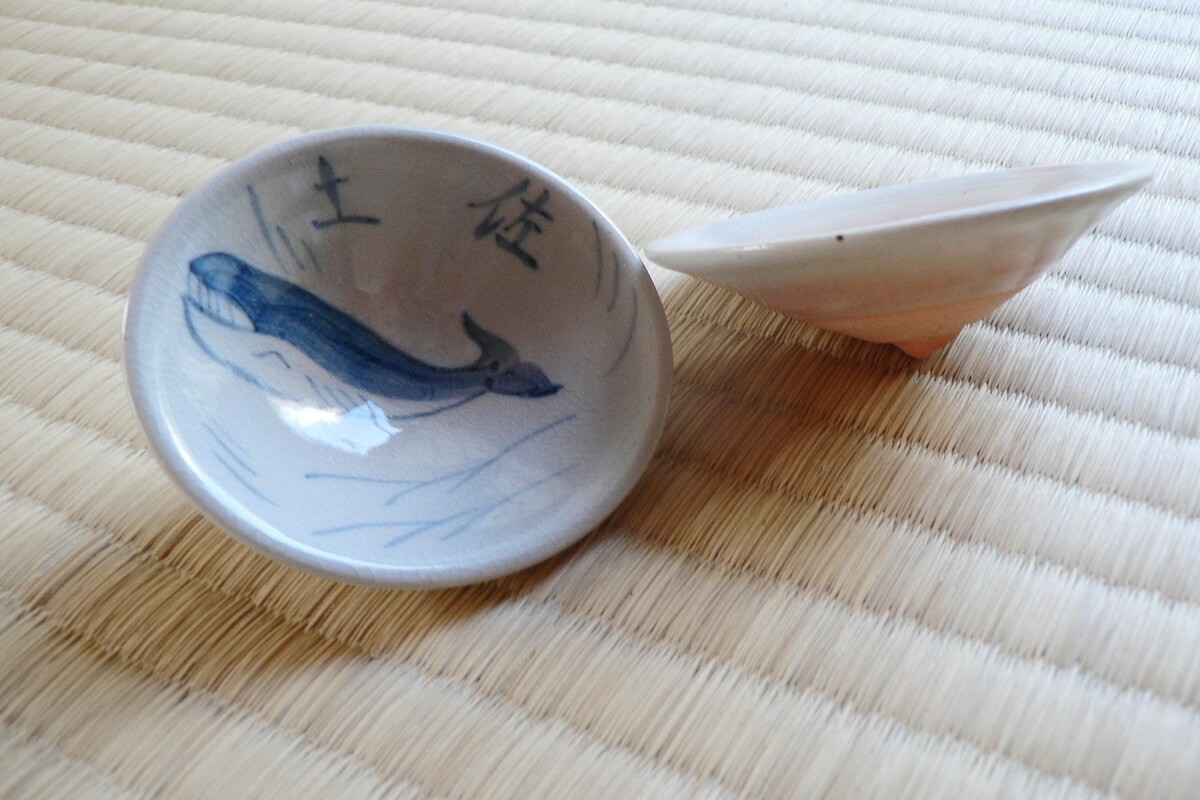
Bekuhai is used for traditional tatami room games in Kochi, the land of sake. Due to the unbalanced shape of the cup, the container must be held in the hand to pour the sake, and it cannot be put down until the drink is finished. Some are designed with a hinokko or tengu, making it a perfect item for enlivening a banquet!
Yuzu
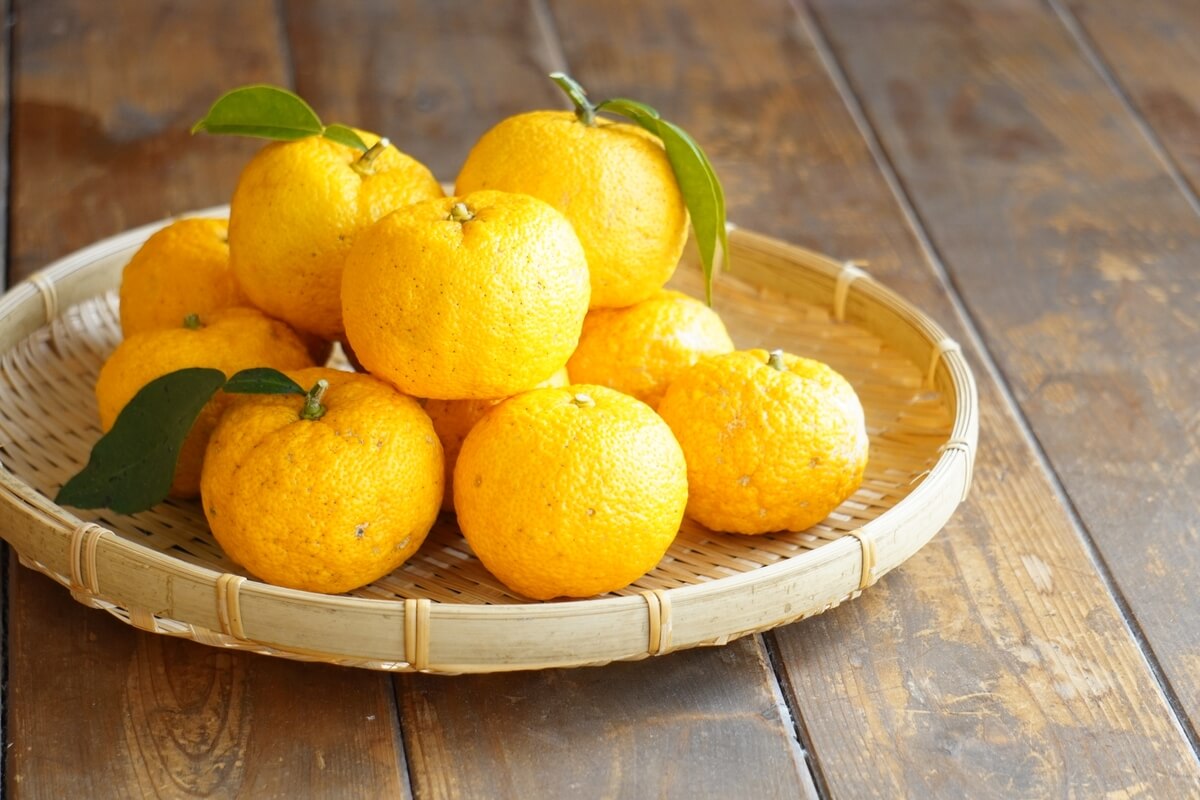
Kochi is the largest producer of yuzu in Japan. Yuzu is a refreshing and aromatic citrus fruit, and a variety of products are available. The most popular is ponzu, a combination of yuzu juice and soy sauce, which is recommended for shabu-shabu hot pot and salads. Other products include sweets, juice, and cosmetics that allow you to enjoy the aroma of yuzu. In Japan, yuzu is sometimes put whole in the bathtub to enjoy a yuzu bath!
Recommended Local Gourmet
Katsuo(bonito)

Katsuo(bonito) is the most famous gourmet food of Kochi. It is a type of fish in the mackerel family similar to tuna. It is also known as the raw material for katsuobushi (bonito stock). Kochi’s bonito season occurs twice a year, and each season is called differently.
Spring and early summer (around March to May) is called “Hatsukatsuo,” which is young bonito on its way north to the Pacific Ocean in search of food. It is best served as “bonito tataki,” sliced bonito that has been seared on the surface, dipped in salt or sauce, and eaten with garlic, ginger, and other condiments. Bonito caught in Kochi is fresh and has little odor, so it is usually eaten with salt.
Bonito caught around autumn (September to November) is called “Modorikatsuo(returning bonito)” and refers to bonito that has grown bigger after eating food. Its size is ten times larger than the first bonito! It is fatty like tuna fat and has a firm texture. It is recommended to eat it as sashimi, not as tataki.
Utsubo(Moray eel)
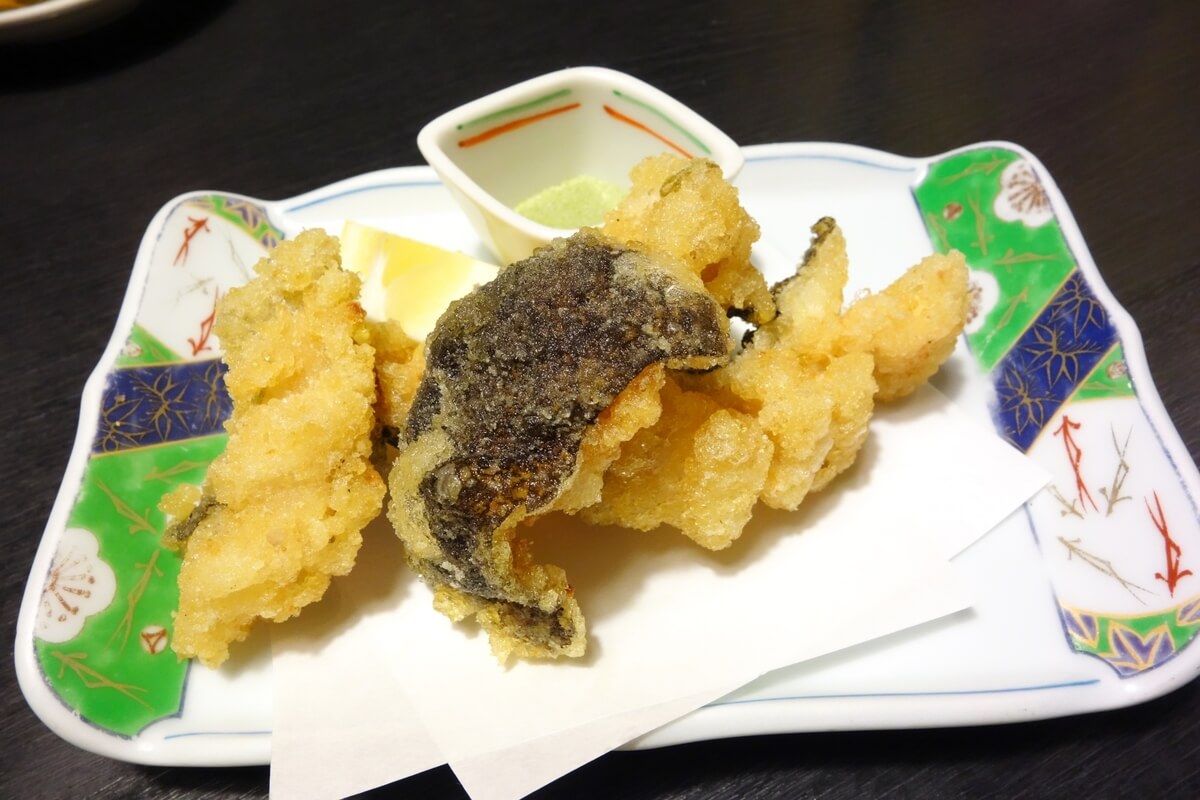
Utsubo is called the “gangster of the sea” for its pointy mouth, sharp teeth, and ferocious appearance. This white-fleshed fish has an elegant flavor that is hard to imagine from its fearsome appearance, and has long been a popular food in Kochi. Because it has many small bones and requires high-level handling techniques, this delicacy is only available in Kochi and some other areas on the Pacific side of the island. Deep-fried utsubo, with its delicious fluffy flesh, is said to be Kochi’s soul food. It can also be eaten as sashimi or tataki.
Kochi Prefecture is filled with festivals, sake, fish, and other attractions. Kochi is only about an hour and a half flight from Tokyo or about four hours from Osaka by Shinkansen bullet train and limited express train, and in August the Yosakoi Festival is a major event in the prefecture.
